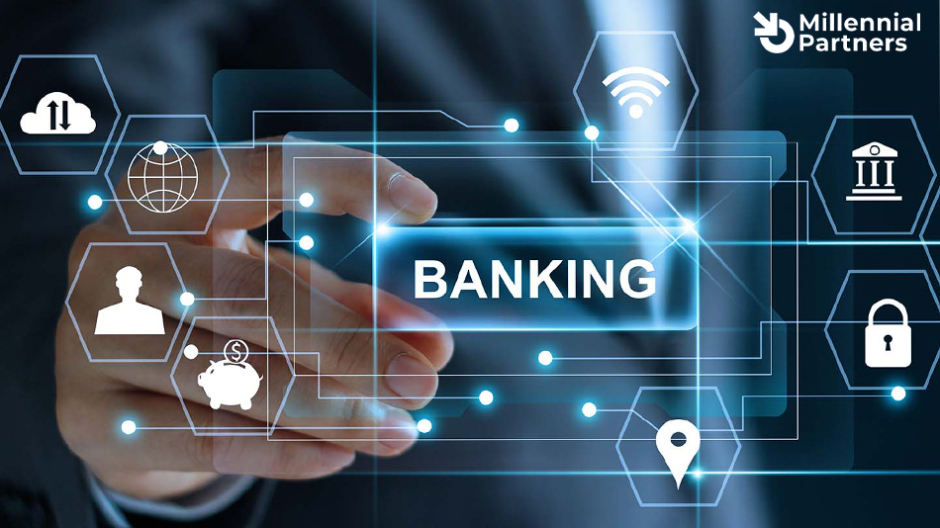The global online banking market size is anticipated to reach $29,976 million in 2023 from $7,305 million in 2016, presenting a CAGR of 22.6% between 2017 and 2023.
Today, most banks are adopting digital twin models to extend their services and better cater to their customers.
It is opined that a well-devised digital transformation strategy can bring profound benefits to online banking in terms of reduced costs and amplified profitability for banks. By calculating the ROI generated from online banking, banks can identify the limitations of their business models and further optimize them for better growth.
3 KPIs to Measure the Success of Digital Banks
- Digital Traction Metric
Banks offering online services can daily, weekly, and/or monthly track the number of existing users or new sign-ups on/via internet and mobile banking. By estimating the growth and evaluating the most popular channels among users, they can devise appropriate plans to improve the numbers.
More detailed metrics that can help banks deliver better services to customers would be average time spent on transactions, count of transactions left uncompleted, count of active users, frequency of failed transactions, etc.
- Cost to Acquire Customer (CAC) on Online Banking
Providing online banking services adds a lot to the expenditures of banking organizations. The outlay can incorporate development, sales, and marketing costs. Digital banks can calculate the worth of those costs by dividing the sum of all these costs to the count of new customers added.
CAC = (Development + Marketing + Sales Costs) / Number of New Customers
- Lifetime Value of Customer (LTV) to Digital Banks
Banking verticals generally have a long-term relationship with their customers. Digital banks can calculate the value that a customer is going to add to banks during their expected relationship span. The decision on how much a bank should ideally invest in customer acquisition and further services can be taken more intelligently based on that number.
Once digital banks start to measure the profitability based on the above-mentioned KPIs, they can increase their revenues by leveraging the best strategies. Banks can leverage digital transformation advisory service to explore additional KPIs and decide upon the best strategies for each KPI.
Millennial Partners (millennial.ae) prides itself on serving clients’ most pressing organization transformational needs across people, processes, and technology through its own proprietary frameworks. Our digital transformation offering is most relevant to the increasingly digital enterprise and consumer environments. We follow a coherent roadmap that includes incorporating the most cutting-edge technologies and vendors focusing on technologies such as enterprise Blockchain, Artificial Intelligence, and IoT.
Should you have any questions and or would like some focused professional advice, please don’t hesitate to reach out via our e-mail at info@millennial.ae.
[/et_pb_text][/et_pb_column][/et_pb_row][/et_pb_section]
